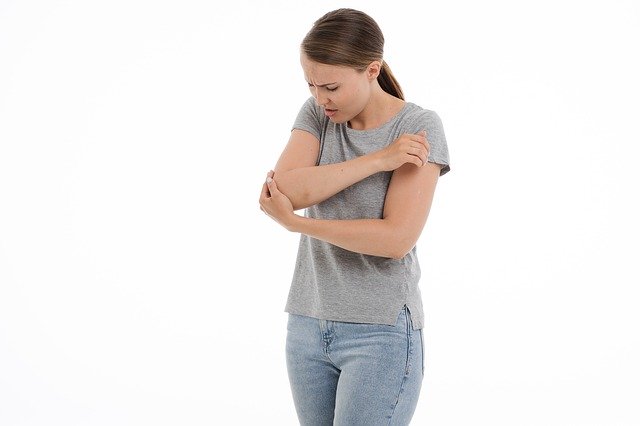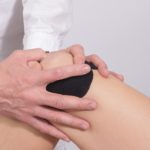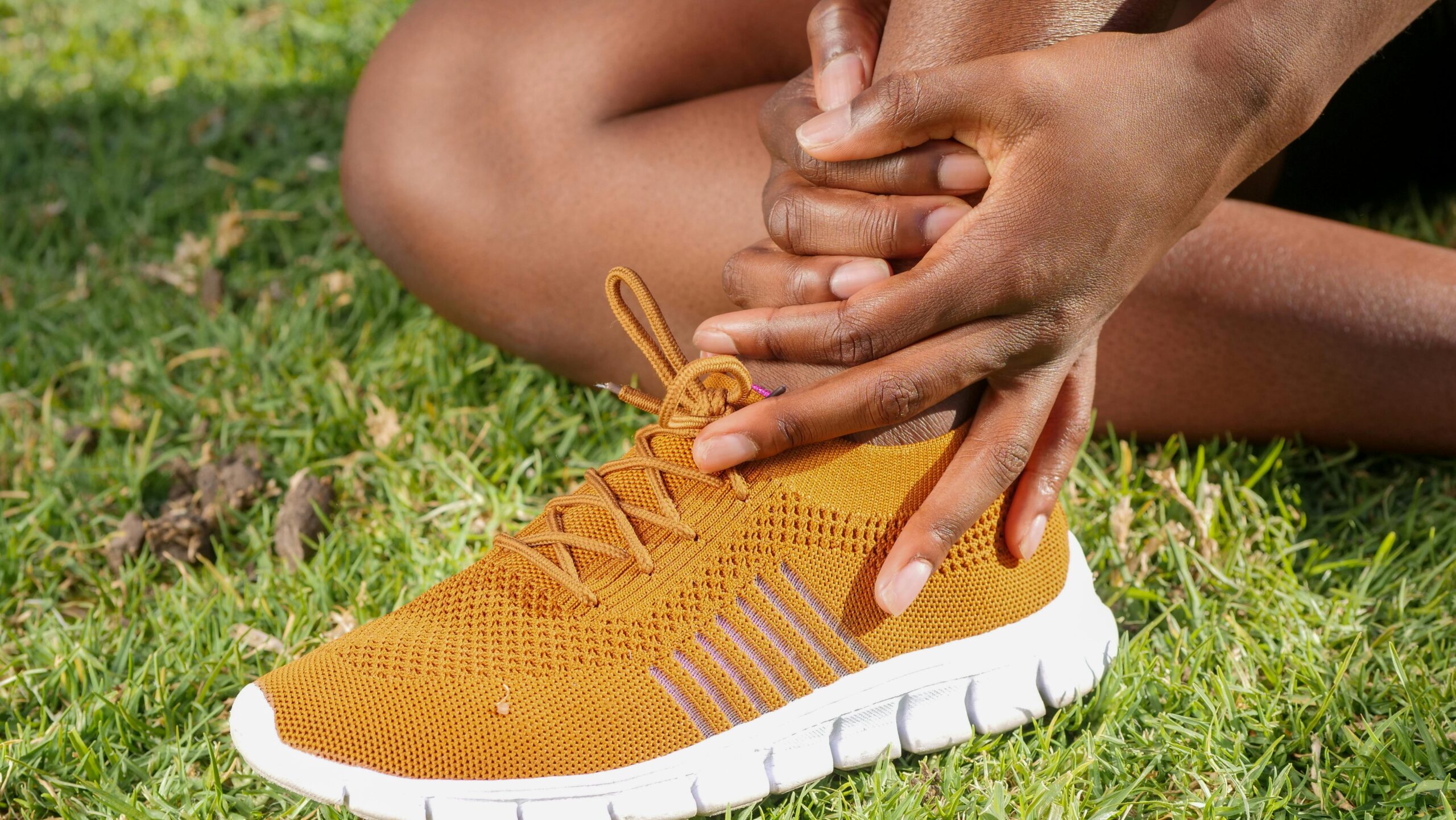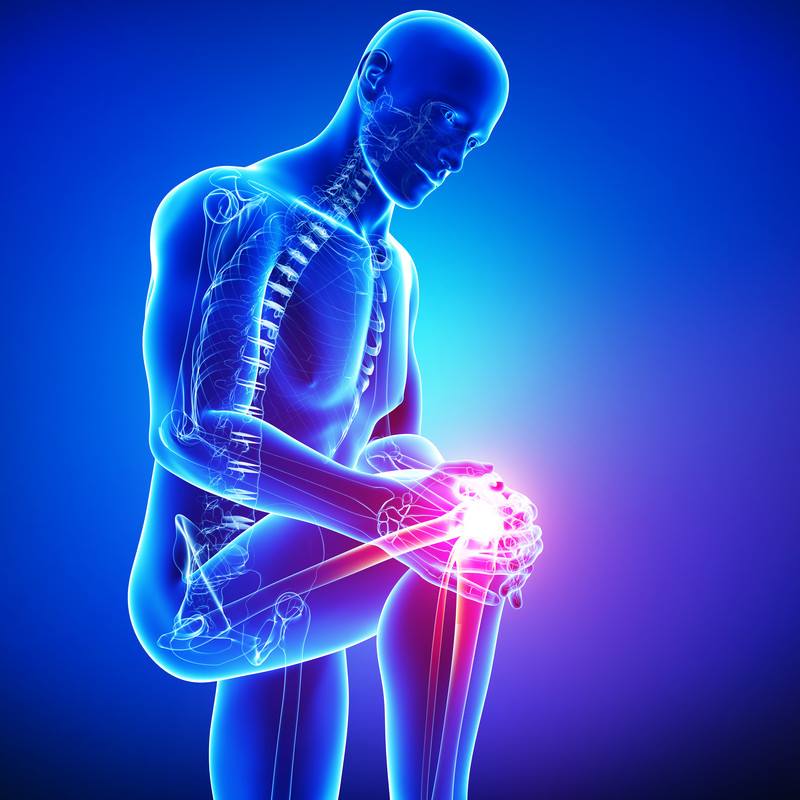
Facts About Bursitis
Bursitis is the inflammation of the bursa, a small, fluid-filled sac that acts as a cushion between a bone and other moving parts, including muscles, tendons and skin. With bursitis, the bursa becomes red and fluid increases, causing swelling and pain.
Causes
Bursitis is usually caused by overuse of a joint or trauma to a joint. For example, if you kneel or lean on your elbows on a hard surface for long periods, you may be at risk for bursitis. An infection, arthritis, gout, thyroid disease or diabetes can also cause bursitis.
If you perform activities that require repetitive motions or place stress on your joints — such as carpentry, gardening, playing a musical instrument, or playing a sport — you could be at a higher risk for bursitis.
Diagnosis
To diagnose bursitis, your doctor will probably ask questions about your medical history and examine you. You will probably be asked to describe your joint pain and the circumstances in which it occurs. The location and onset of pain, whether your pain varies in severity throughout the day, and factors that relieve or aggravate your pain may all help your doctor determine a bursitis diagnosis.
Your doctor may also do manual examinations of the joint to see whether tendons, another part of your joints, are inflamed. They may also recommend x-rays, which do not show the bursae, but which may help rule out other problems. A magnetic resonance imaging (MRI) test can show whether the tendons or bursae are inflamed. Your doctor may also remove and test fluid from the inflamed area to rule out infection.
Treatment
Treating bursitis can reduce pain and inflammation and allow the injured bursa to heal. Some common treatments for bursitis include:
- Resting and elevating the injured area.
- Limiting your activity to reduce further injury.
- Taking anti-inflammatory medicines, such as aspirin, naproxen, or ibuprofen. Gentle stretching and strengthening exercises recommended by a doctor. Applying compression to the injured area.
- Putting a brace, splint or band on the injured joint.
If an infection is causing your bursitis, your doctor will probably prescribe antibiotics. Your doctor may also recommend ice for acute injuries, but most cases of bursitis are chronic and ice is not helpful.
If your bursitis does not improve, your doctor may inject a corticosteroid medicine into the area surrounding the inflamed bursa. Although these injections are common, they must be used with caution because they can lead to weakening or rupture of tendons. If your bursitis does not improve after 6 months to a year, your doctor may recommend surgery to repair damage and relieve pressure on your bursae.
Prevention
To help prevent inflammation or reduce the severity of its recurrence:
- Begin new activities or exercise regimens slowly.
- Gradually increase physical demands following several well-tolerated exercise sessions.
- Exercise regularly.
- Strengthen the muscles around the joint.
- Take frequent breaks from repetitive tasks.
- Stop the activities that cause pain.
- Cushion the affected joint. Use foam for kneeling or elbow pads. Increase the gripping surface of tools with gloves or padding. Apply grip tape or an oversized grip to golf clubs. Use two hands to hold heavy tools; use a two-handed backhand in tennis.
- Don’t sit still for long periods of time.
- Maintain good posture and position your body properly when going about your daily activities.
There’s no need to live with pain. If you are feeling this sort of discomfort, it’s a good idea to have yourself checked for bursitis. Contact Orthopedic Performance Institute in San Antonio or Boerne for an appointment today.

 Previous Post
Previous Post Next Post
Next Post




